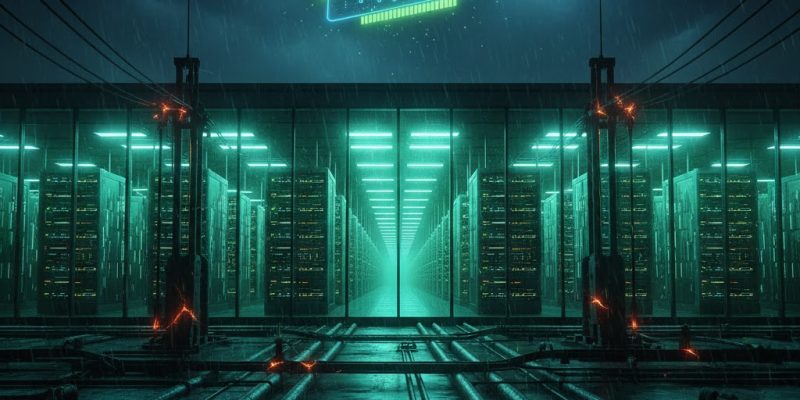
Nvidia is bracing for what could be the most consequential earnings reveal of the season.
On November 19, the chip giant will unveil its third-quarter fiscal 2026 results, and the Street is watching closely.
The company has guided for $54 billion in revenue, representing a 54% year-over-year jump, with most of that windfall driven by voracious demand for its data center chips from hyperscalers racing to build out AI infrastructure.
This single quarterly print will shape not only Nvidia’s trajectory but ripple across the entire AI supply chain, from chipmakers and memory suppliers to cloud providers and power utilities.
The Blackwell ramp: Momentum or mirage?
The real story investors are hunting for lives in Nvidia’s Blackwell architecture, the next-generation GPU platform that’s supposed to turbocharge the company’s growth through 2026 and beyond.
Wall Street expects Blackwell revenue alone to jump from $3–4 billion this year to nearly $56 billion next year. That’s a staggering scale-up, and it hinges on execution.
During the November 19 earnings call, CEO Jensen Huang will face intense scrutiny on how quickly Blackwell can ramp production and whether supply constraints are easing.
But there’s a catch. Advanced packaging remains the bottleneck.
TSMC’s CoWoS assembly capacity, critical for gluing processors and memory together, is oversubscribed through at least mid-2026.
High-bandwidth memory (HBM), made by SK hynix and Samsung, is even tighter. SK hynix has said its 2025 HBM allocation is nearly sold out, with meaningful HBM4 volume not expected until late 2026.
These supply constraints don’t just hurt Nvidia; they cascade downstream to customers who can’t complete orders without memory, driving secondary-market premiums and disrupting deployment plans.
Then there’s the geopolitical wrench. US export controls targeting China-bound AI chips have forced Nvidia to design watered-down versions, such as the H20.
Chinese hyperscalers, wary of sanctions, are increasingly turning to domestic alternatives from Huawei and Biren instead.
This bifurcation, where systems are locked into either the US or Chinese chip ecosystems, complicates global supply planning and raises the stakes for Nvidia’s guidance on international demand.
The $4 trillion question: Can the grid keep up?
Nvidia’s earnings matter for one simple reason: every new GPU means more data center power demands.
Huang and OpenAI CEO Sam Altman are planning 10 gigawatts of AI data center capacity, requiring an enormous amount of electricity at a time when US power grids are already straining.
That’s roughly 16% of all new US power generation projected for 2025.
The problem is real: power companies from Silicon Valley to Northern Virginia can’t keep up.
Digital Realty and Stack Infrastructure have vacant data centers in Santa Clara sitting idle, waiting for Silicon Valley Power to deliver additional electricity by 2027 or 2028.
On November 19, investors will be watching for Huang’s commentary on this power wall.
If demand keeps surging but data centers can’t get connected to the grid, Nvidia’s growth story hits a hard ceiling.
The Street also wants to hear clarity on Rubin, Nvidia’s next architecture launching in 2026, which could be 3.3 times faster than Blackwell.
Analyst consensus points to Q4 revenue guidance around $61 billion; beat that and Nvidia sends a bullish signal to the entire AI ecosystem.
Miss it, and the air comes out of the bubble fast.
This earnings call isn’t just about Nvidia’s numbers; it’s the moment the market sizes up whether the AI boom can sustain its breakneck pace.
The post Nvidia’s Q3 earnings next week: one print to move the entire AI supply chain appeared first on Invezz










